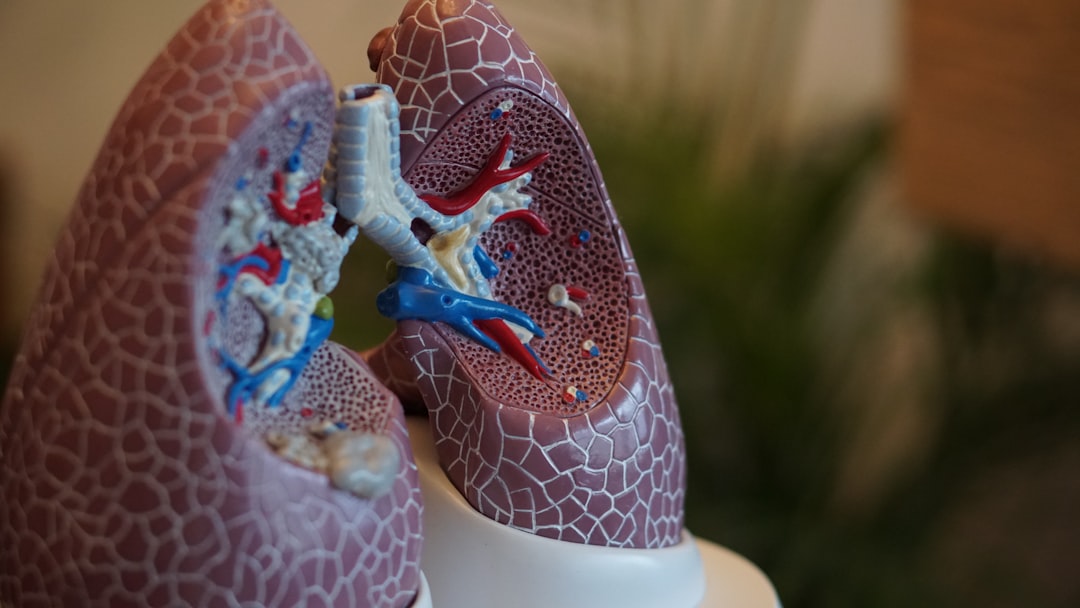What is it about?
Inorganic pigments of the system LaAl1–xFexO3 were prepared by the Pechini and the Solid State Reaction (SSR) methods. Magnetic interactions and non-radiative relaxation time were analyzed by means of phase-resolved photoacoustic spectroscopy and electron paramagnetic resonance (EPR) techniques.
Featured Image
Why is it important?
EPR results show a change in the magnetic behavior from paramagnetic (x=0.2 and 0.4) to antiferromagnetic (x=1.0), which is believed to be a result of the SSR preparation method. Trends in the optical absorption bands of the Fe3þ are attributed to their electronic transitions, and the increase in the band’s intensity at 480 and 550 nm was assigned to the increase in the magnetic coupling between Fe–Fe. The phase-resolved method is capable of distinguishing between the two preparation methods, and it is possible to infer that SSR modifies the magnetic coupling of Fe–Fe with x.
Perspectives
Inorganic pigments have been used since the beginning of civilization in a variety of materials for decoration, makeup, textile production, ceramics, and in colored flooring and roofs. However, a pigment that exhibits good thermal and color stabilities contains toxic heavy metals in high concentrations and can drastically affect human health and the environment. One alternative to avoid the toxicity of pigments containing Cd, Pd, Cr, Mn, and Co is to obtain compounds with Fe3+ and rare earths, such as La3+, Ce4+, and Pr3+/Pr4+.
Professor Daniele T Dias
Federal University of Technology - Paraná
Read the Original
This page is a summary of: Effect of magnetic coupling on non-radiative relaxation time of Fe3+ sites on LaAl1−xFexO3 pigments, Journal of Applied Physics, February 2018, American Institute of Physics,
DOI: 10.1063/1.4998642.
You can read the full text:
Contributors
The following have contributed to this page










